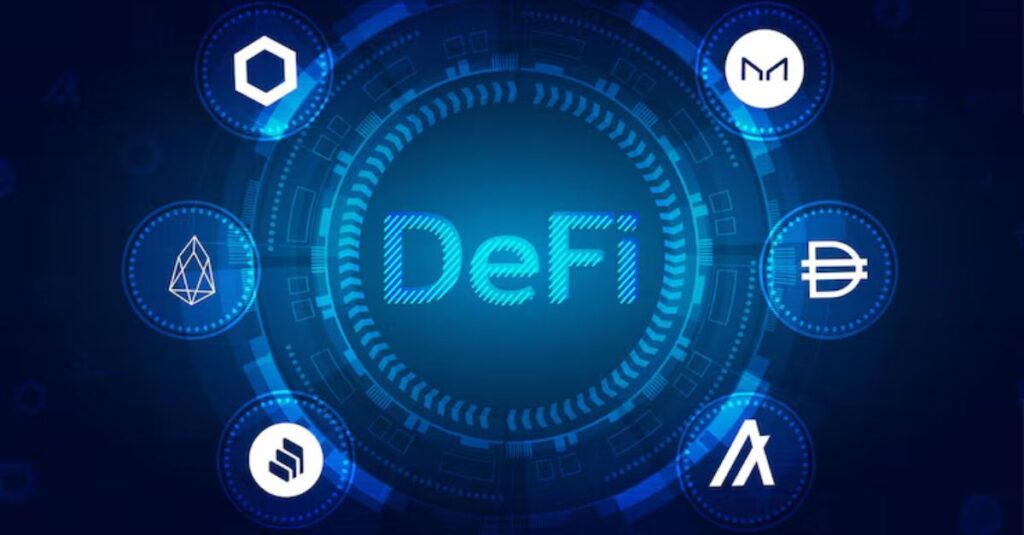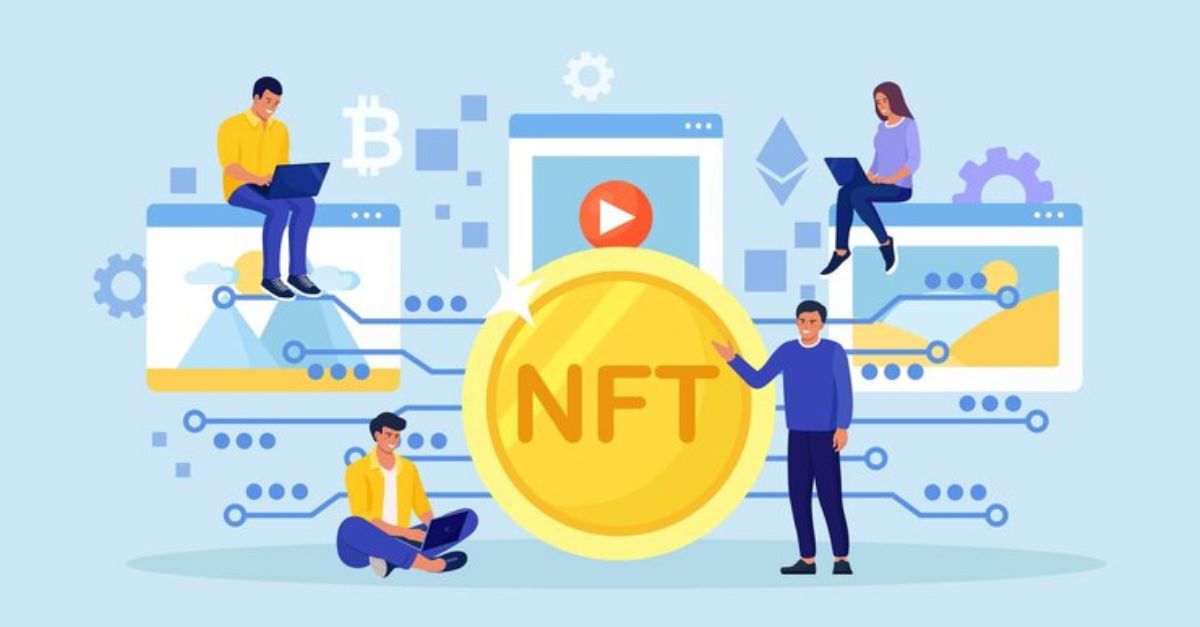
In recent years, there’s been an exciting surge in the development of Decentralized Finance (DeFi) applications, revolutionizing the way we interact with financial services. These platforms leverage blockchain technology to provide users with access to a wide range of financial tools and services without the need for traditional intermediaries.
While the potential benefits of DeFi are immense, developers face a myriad of challenges along the way. In this blog post, we’ll dive into the complexities of building DeFi applications, highlighting the hurdles developers encounter and the promising opportunities that await them.
Understanding DeFi:
Before delving into the challenges and opportunities, let’s take a moment to understand what DeFi truly entails. DeFi is essentially a term used to describe a decentralized ecosystem of blockchain-based financial protocols and applications.
These applications enable users to engage in activities such as lending, borrowing, trading, and yield farming, all without the involvement of centralized institutions like banks. Smart contracts, which are self-executing contracts with the terms of the agreement directly written into code, play a pivotal role in automating these processes and ensuring transparency and security.
Challenges in DeFi Development:
Security Risks:
Security is paramount in the world of DeFi, as the decentralized nature of these platforms makes them attractive targets for hackers. Vulnerabilities in smart contracts or protocol implementations can lead to devastating exploits, resulting in the loss of user funds. Developers must conduct thorough security audits and implement robust measures to protect against potential attacks.
Scalability Constraints:
Blockchain networks, particularly Ethereum, which is a popular choice for DeFi development, face scalability limitations. As the number of users and transactions on these networks grows, congestion and high gas fees become significant challenges. Improving scalability while maintaining decentralization is a complex problem that developers must address.
Regulatory Uncertainty:
The regulatory landscape surrounding DeFi is still evolving, with different jurisdictions applying varying levels of scrutiny. Developers must navigate these regulatory uncertainties and ensure compliance with relevant laws and regulations, which can be a daunting task given the global nature of DeFi platforms.
User Experience:
Enhancing the user experience is essential for driving mainstream adoption of DeFi applications. Complexities such as wallet management, transaction fees, and unfamiliar terminology can be barriers for non-technical users. Developers must prioritize usability and design intuitive interfaces to make DeFi more accessible to a broader audience.
Opportunities in DeFi Development:
Innovation:
DeFi offers developers a fertile ground for innovation, enabling them to create novel financial products and services that were previously unimaginable. From decentralized exchanges (DEXs) to automated market makers (AMMs) and prediction markets, the possibilities are endless. One real-time use case is Uniswap, a decentralized exchange protocol that allows users to swap various cryptocurrencies without the need for an intermediary.
Financial Inclusion:
DeFi has the potential to democratize access to financial services, particularly for underserved populations who lack access to traditional banking infrastructure. By providing borderless and censorship-resistant financial services, DeFi can empower individuals worldwide to participate in the global economy.
Yield Generation:
DeFi offers attractive opportunities for yield generation through activities like liquidity provision, staking, and yield farming. Platforms like Compound and Aave allow users to earn interest on their cryptocurrency holdings by lending them out to borrowers.
Community Engagement:
Community participation is a fundamental aspect of the DeFi ecosystem, with users actively contributing to governance decisions and protocol development. Building community-driven DeFi applications fosters a sense of ownership and trust among users, driving adoption and growth.
Real World Examples:
- Uniswap: A decentralized exchange (DEX) protocol called Uniswap was developed using the Ethereum network. Without order books or middlemen, users can swap different ERC-20 tokens straight from their wallets. Uniswap uses automated market-making (AMM) algorithms to facilitate token swaps, providing liquidity through liquidity pools. Users can earn fees by providing liquidity to these pools, contributing to the decentralized nature of the platform.
- Compound: Compound is a decentralized lending protocol that enables users to borrow and lend cryptocurrencies without intermediaries. Users can deposit their digital assets into Compound’s smart contracts and earn interest on their deposits. These assets are available to borrowers as collateral for additional cryptocurrency loans. Interest rates are algorithmically determined based on supply and demand dynamics, allowing for efficient capital allocation in the DeFi ecosystem.
- Aave: Aave is another decentralized lending protocol that allows users to earn interest on their deposits and borrow assets using collateral. It features a range of innovative lending and borrowing options, including flash loans, which are uncollateralized loans that must be repaid within the same transaction. Aave’s governance token, AAVE, allows holders to participate in protocol governance and earn rewards through staking.
- MakerDAO: MakerDAO is a decentralized autonomous organization (DAO) that operates the Maker Protocol, which enables the creation of the stablecoin Dai (DAI). Dai is a collateral-backed stablecoin pegged to the value of the US dollar, and it is generated through collateralized debt positions (CDPs) on the Maker Protocol. Users can lock up cryptocurrency assets as collateral to generate Dai loans, providing stability and liquidity to the DeFi ecosystem.
- Synthetix: Synthetix is a decentralized synthetic asset issuance protocol that allows users to create and trade synthetic assets representing various real-world and crypto assets. These synthetic assets, known as Synths, are ERC-20 tokens that track the price of their underlying assets, such as fiat currencies, cryptocurrencies, commodities, and indices. Synthetix enables users to gain exposure to a diverse range of assets without needing to own them directly.
Conclusion:
While building DeFi applications presents developers with numerous challenges, the potential rewards are equally compelling. By overcoming security risks, scalability constraints, regulatory uncertainties, and user experience challenges, developers can tap into the vast opportunities offered by the burgeoning DeFi ecosystem.
Real-time use cases like Uniswap demonstrate the transformative power of decentralized finance in reshaping the future of finance. Success in this dynamic and fascinating field will depend on one’s ability to stay informed, flexible, and community-driven as the DeFi landscape continues to change.


